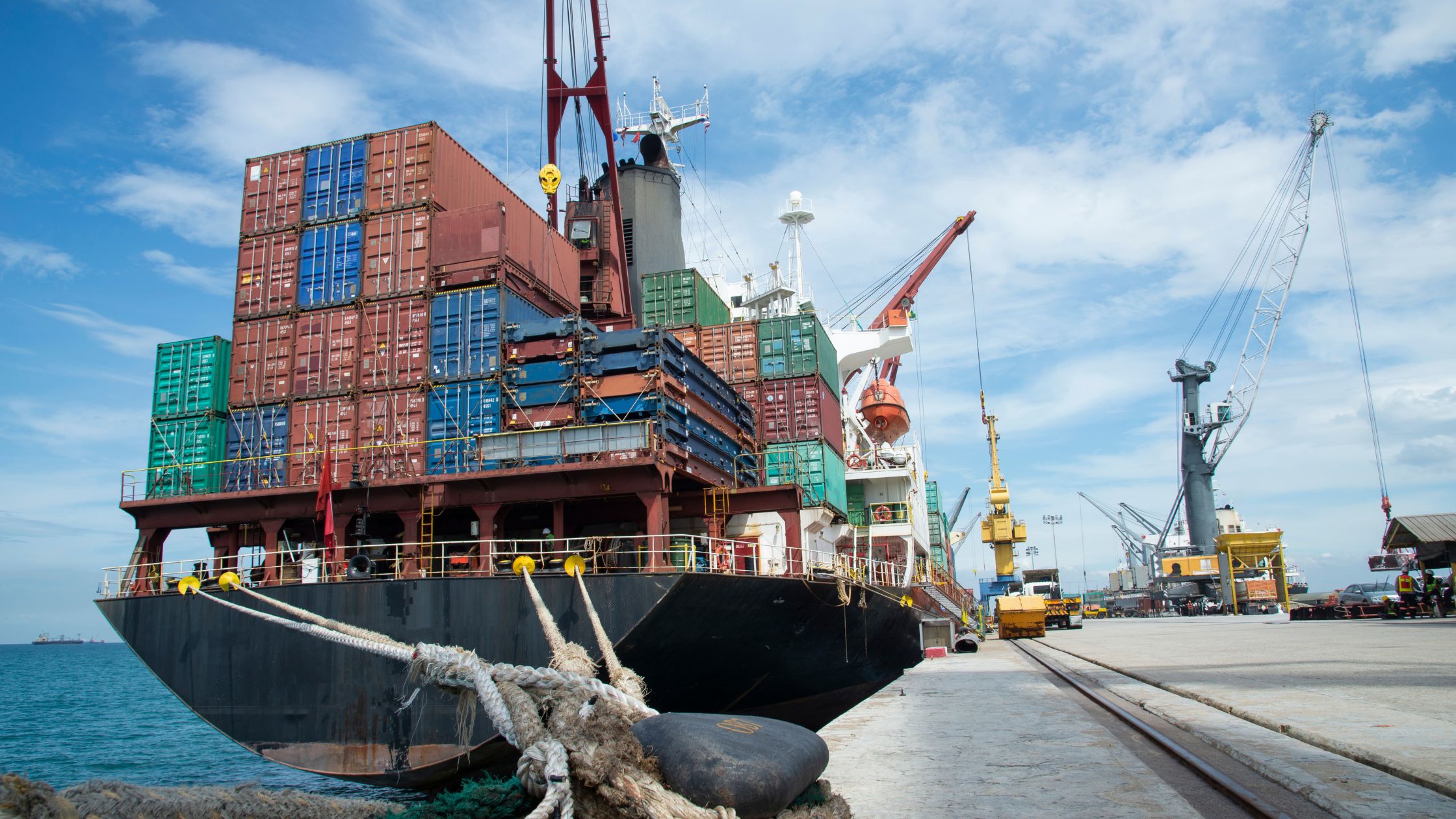The Latest on Tariff Plans

On Wednesday, May 28, a federal trade court blocked most of President Trump’s sweeping tariff policies, deciding that these imposed duties exceeded his presidential authority.
This decision halts the effect of most Trump tariffs that irritated global markets and strained international relationships. The Trump administration immediately requested a delay in implementing the ruling and filed a notice of appeal.
Why It’s Significant
This court ruling marks a shift in the trajectory of Trump’s trade policies. Rather than the negotiated cooling-off periods and trade deals in recent developments, the administration now faces a fundamental legal challenge to its approach.
The impact of this ruling will depend on the appeals process and whether higher courts uphold the trade court’s interpretation of presidential authority under emergency economic powers.
Quick Recap
Most of Trump’s global tariffs have been blocked, challenging the foundation of his economic trade strategy. The Trump administration had maintained that emergency economic powers justified the broad tariff implementation, but the court found these powers have “meaningful limits” and cannot override constitutional provisions.
This ruling adds another layer of unpredictability to international trade while global markets already felt the uncertainty of Trump’s tariff policies. However, it does not affect tariffs issued on the automobile, steel, and aluminum industries.
Editor’s note: The tariff situation remains fluid as this article was drafted. We’ll keep you posted with further updates and responses as they emerge.
